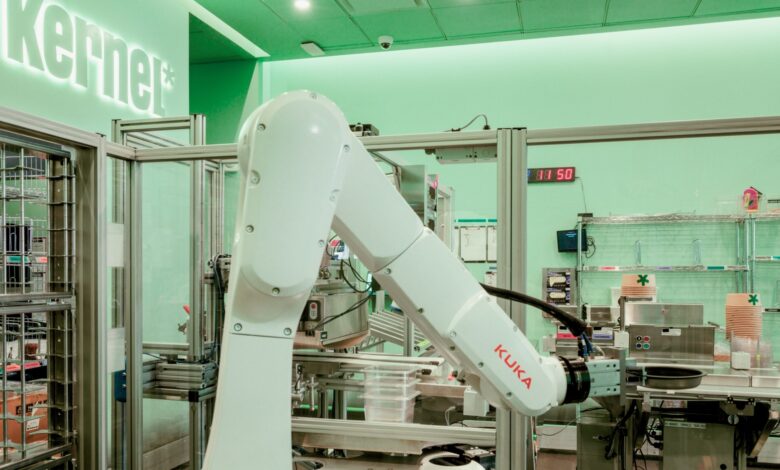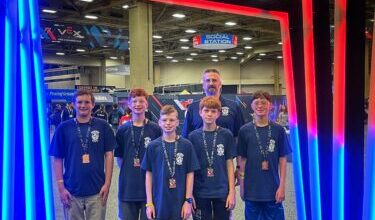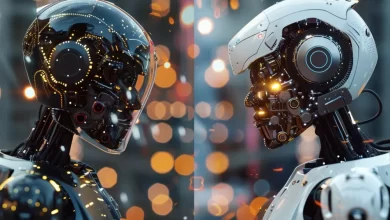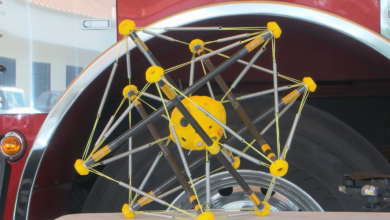How humans and robots get along at Steve Ells’ Kernel

Robotic arms in the restaurant help assemble final dishes at Kernel. | Photo courtesy of Benedict Evans.
When Chipotle founder and former CEO Steve Ells launched the concept Kernel earlier this year in New York City, the idea was to completely upend traditional restaurant operations.
Kernel brings in automation in ways that have never been seen before. But it’s not fully automated, and humans remain a key component. The restaurant is attempting to redefine how robots and humans can work together.
And a key part of doing that is ensuring the humans have a say in how it all works, said Steven Goldstein, Kernel’s president, in an educational session at the National Restaurant Show on Sunday.
There are some in the industry pushing for fully automated restaurants, but Goldstein doesn’t believe that idea is scalable.
“The combination [of humans and automated systems] is the magic, not just one or the other,” he said.
At Kernel, the restaurant can be operated with as few as three workers. Most of the food prep and cooking occurs in a central kitchen that will serve all units in Manhattan as the concept grows (a second Kernel is scheduled to open this summer near NYU).
The first location has only been open about six months. But the concept has had almost no turnover so far, which is extraordinary in an industry where 100% turnover is normal, especially in early days.
Andrew Black, Kernel’s chief culinary officer (and a former chef at the famed Eleven Madison Park) credits the lack of turnover to a practice of including team members in the process of developing the concept, which continues to evolve.
At Kernel, team members meet for a huddle each day to talk about problems and successes, and what changes can be made, if needed. For example, workers were not happy about the height of work stations, so they figured out a way to put hydraulic legs on the tables so they could be moved up and down to be comfortable and ergonomically correct.
When team members have input into the process, they start to care about things more, said Black, and when they care it produces a better product.
It creates a “virtuous cycle of better quality.”
And that lack of turnover also means Goldstein and his team are not spending time hiring, retraining, looking for temps or emergency staffing, he noted.
“We’ve been able to focus on producing quality, versus managing,” said Goldstein.
Members help make our journalism possible. Become a Restaurant Business member today and unlock exclusive benefits, including unlimited access to all of our content. Sign up here.



